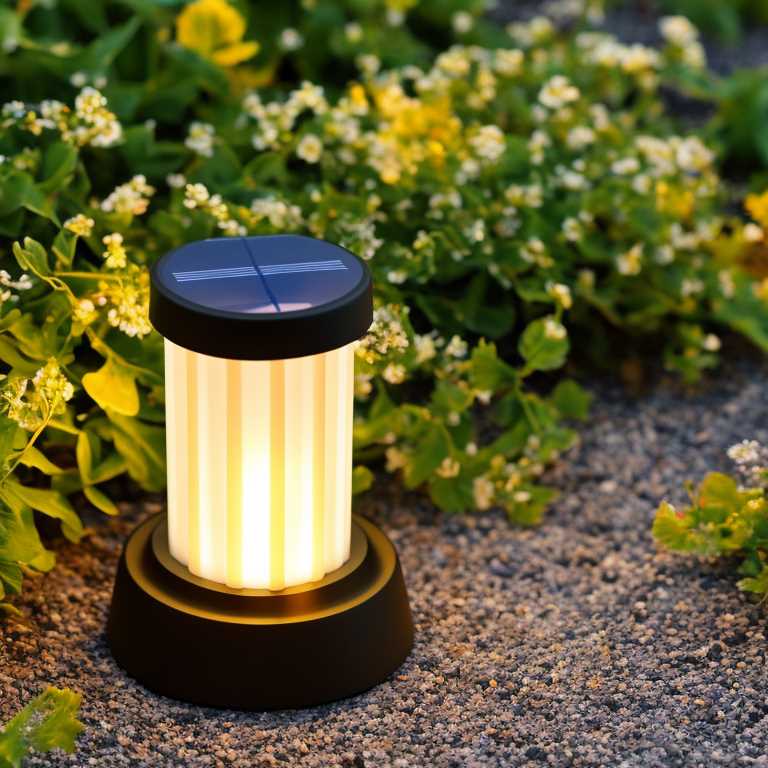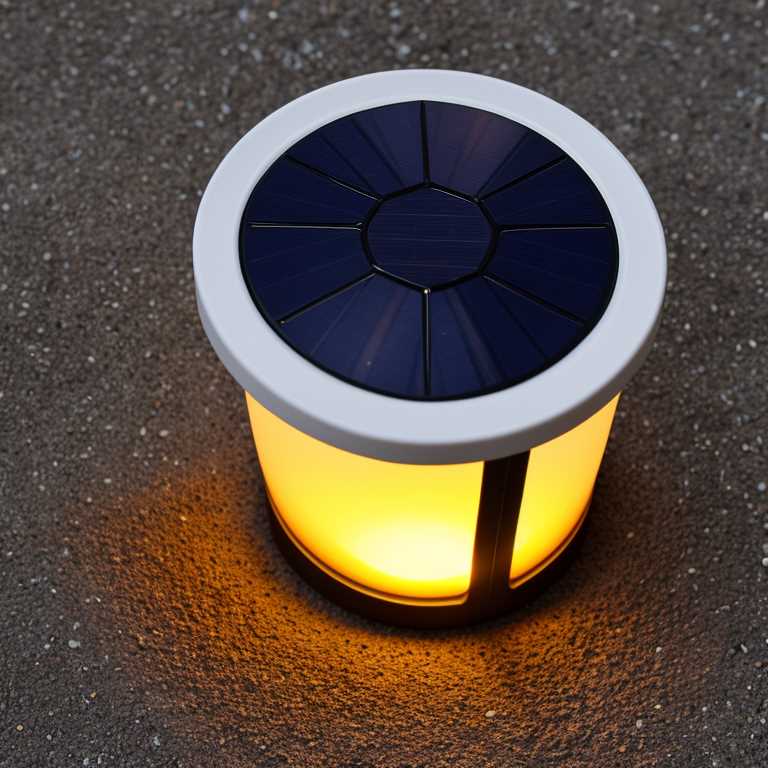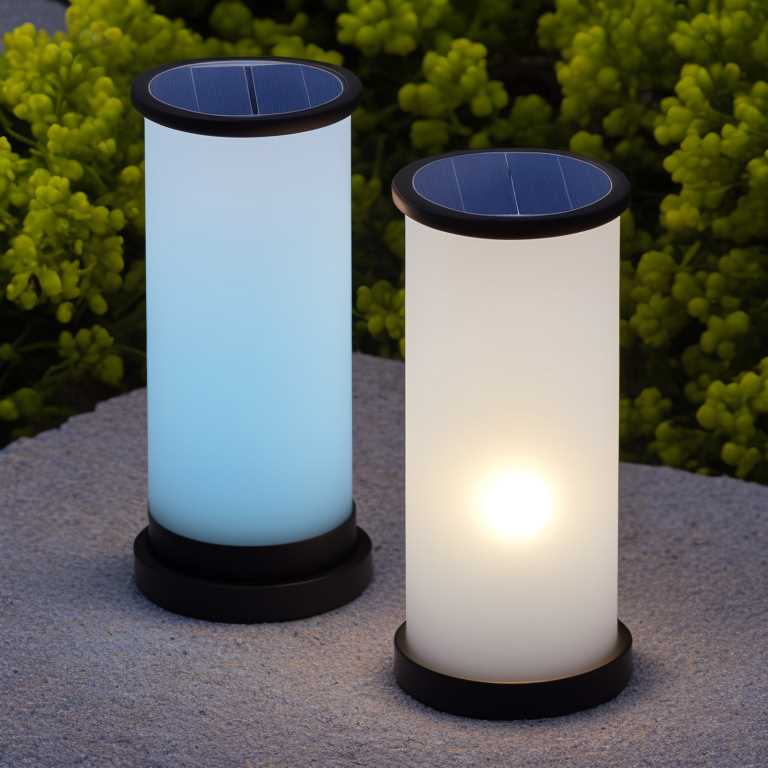What is solar light

What Is Solar Light?
Solar light is a form of lighting that utilizes energy from the sun to provide illumination. It is a renewable and sustainable source of energy that is rapidly gaining popularity due to the benefits it offers. The technology behind solar lighting is simple but effective. It consists of solar panels that capture energy from the sun during the day and store it in batteries. The stored energy is then used to power LED lights during the night.
Solar light is not a new technology; it has been around for decades. However, advances in technology have made it more efficient and affordable. Today, solar lighting is used for a wide range of applications, from lighting up streets and buildings to illuminating gardens and pathways.
How Does Solar Light Work?
The technology behind solar lighting is based on the photoelectric effect, which is the process by which light energy is converted into electrical energy. Solar panels are made up of photovoltaic cells that contain materials such as silicon, which are capable of absorbing photons (light particles) from the sun.
When photons strike the surface of the photovoltaic cell, they knock electrons out of their orbits, creating an electrical current. This current is then captured by the solar panel and stored in batteries for later use.
At night, when the sun is not shining, the stored energy is used to power LED lights. LED lights are highly efficient and consume very little energy, making them ideal for use in solar lighting systems.

Advantages of Solar Light
Solar light has several advantages over traditional lighting systems. it is a renewable and sustainable source of energy. Unlike fossil fuels, which are finite and polluting, solar energy is clean and abundant. This means that solar lighting can help reduce our dependence on non-renewable resources and reduce greenhouse gas emissions.
Solar lighting is cost-effective. While the initial cost of installing a solar lighting system may be higher than traditional lighting systems, the long-term savings are significant. Solar lighting does not require electricity from the grid, which means that there are no electricity bills to pay. Furthermore, solar lighting systems require very little maintenance, which reduces maintenance costs.
Solar lighting is easy to install. Unlike traditional lighting systems, which require extensive wiring and infrastructure, solar lighting systems are self-contained and can be installed quickly and easily. This makes them ideal for use in remote areas where electricity is not available.
Applications of Solar Light
Solar light is used for a wide range of applications, from lighting up streets and buildings to illuminating gardens and pathways. Here are some of the most common applications of solar lighting:
1) Street lighting: Solar street lights are becoming increasingly popular as they provide a cost-effective and sustainable solution for lighting up streets and highways.
2) Building lighting: Solar lights can be used to illuminate buildings, both inside and out. They are particularly useful for lighting up areas that are difficult to access or where electricity is not available.

3) Garden lighting: Solar lights are ideal for illuminating gardens and outdoor spaces. They can be used to highlight features such as trees, bushes, and water features, and can also be used to provide ambient lighting.
4) Pathway lighting: Solar lights are perfect for illuminating pathways, walkways, and driveways. They provide a safe and efficient way of lighting up these areas, making them ideal for use in public spaces and residential areas.
5) Emergency lighting: Solar lights can be used as emergency lighting in the event of a power outage. They provide a reliable source of light when other forms of lighting are not available.
Solar light is a renewable and sustainable source of energy that is rapidly gaining popularity due to the benefits it offers. It is based on the photoelectric effect, which is the process by which light energy is converted into electrical energy. Solar lighting is cost-effective, easy to install, and requires very little maintenance. It is used for a wide range of applications, from lighting up streets and buildings to illuminating gardens and pathways. As the world becomes more environmentally conscious, it is likely that solar lighting will become even more popular in the years to come.